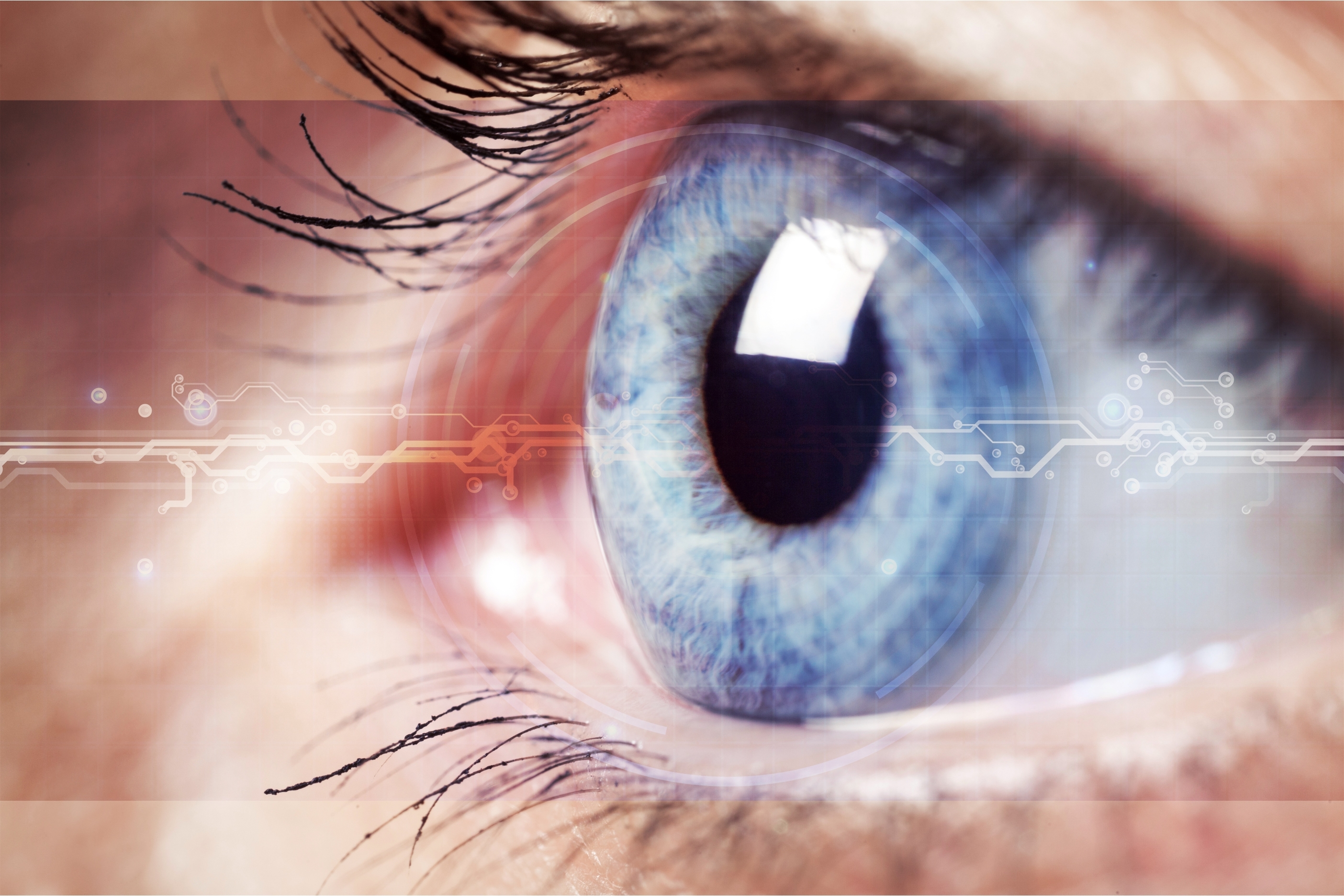• Two complementary research articles, published simultaneously in the journals Science and Cell Stem Cell by a team of scientists from the UPF and IRB Barcelona, reveal that central and peripheral circadian clocks coordinate to regulate the daily activity of skin and muscles.
• The coordination between the two clocks (central and peripheral) guarantees 50% of the circadian functions of tissues, including vital processes such as the cell cycle, DNA repair, mitochondrial activity, and metabolism.
• Synchronisation between the central brain clock and peripheral ones prevents premature muscle ageing and improves muscle function, suggesting new strategies to tackle age-related decline through circadian rhythm modulation.
Tag: Ageing
App shows 25% fewer emergency hospital admissions from care homes
Newcastle University has assisted in finding cost-efficient methods for the NHS to improve the care and quality of life for care home residents.
Mechanism resembling ageing and cancer found in a Finnish mitochondrial disease
GRACILE syndrome, a mitochondrial disease that is part of the Finnish disease heritage, shows altered cell metabolism and proliferation resembling that of cancer cells.
Smells influence metabolism and ageing in mice – research
Exposure to female odours and pheromones causes weight loss and extend the life spans of mice, which may have implications for humans, University of Otago researchers have found.
Chula Art Education Students Receive Thailand New Gen Inventors Awards and Certificate at Thailand Inventor’s Day 2023
Congratulations to our award-winning Art Education Students for receiving the Thailand New Gen Inventors Awards (I-new gen award 2023) and certificate at the “Thailand Inventor’s Day 2023”, held on February 4-6, 2023 at the BITEC Exhibition Center.
Pets create ‘pawsitive’ change for people in aged care
Researchers at the University of South Australia are calling for the Federal Government to mandate financial support for pets in aged care ¬¬¬to help improve the mental health and wellbeing of thousands of residents.
Chula Medicine Reveals Innovative Detection of Latent Dementia A 10-Year Awareness May delay Alzheimer’s Onset in Elderly
Thai Red Cross Emerging Infectious Diseases Health Science Center, Faculty of Medicine, Chulalongkorn University has researched a blood test for markers of Alzheimer’s that can give a 10-year warning, so people can be prepared to slow down the development of dementia in old age.
High Caffeine Consumption Disrupts Heart Rhythms in Middle-aged Rats
New research finds that excess caffeine is more likely to cause irregular heart rhythms in middle aged rats than in young adult rats. The study will be presented this week at the American Physiological Society annual meeting at Experimental Biology 2022 in Philadelphia.
Help ward off dementia, step by step
To mark Dementia Action Week and World Alzheimer’s Day, researchers at the University of South Australia are sharing their latest insights about dementia in a new podcast series, Re-imagining Ageing.
Novel pathology could improve diagnosis and treatment of Huntington’s and other diseases
Bristol scientists have discovered a novel pathology that occurs in several human neurodegenerative diseases, including Huntington’s disease.
The article, published in Brain Pathology, describes how SAFB1 expression occurs in both spinocerebellar ataxias and Huntington’s disease and may be a common marker of these conditions, which have a similar genetic background.

Shining a light on how exercise reduces cataract risk
Chinese and Australian researchers have combined studies of more than 170,000 people and found conclusive evidence that regular physical exercise reduces the risk of age-related cataracts, the cause of blindness in an estimated 13 million people worldwide.
How can migration, workforce participation, and education balance the cost of aging in Europe?
New IIASA research shows that higher levels of education and increasing workforce participation in both migrant and local populations are needed to compensate for the negative economic impacts of aging populations in EU countries.
Rethinking mortality and how we plan for old age
Many people dream of comfortably living out their golden years. A new IIASA study however shows that older Europeans, and especially women, frequently underestimate how many years they have left, which could lead to costly decisions related to planning for their remaining life course.
Stephanie Shiau Joins the Rutgers School of Public Health
New Brunswick, NJ – The Rutgers School of Public Health is excited to announce that Stephanie Shiau, PhD, will be joining the department of biostatistics and epidemiology as an instructor in August. Shiau’s research focuses on the effects of human immunodeficiency virus (HIV)…